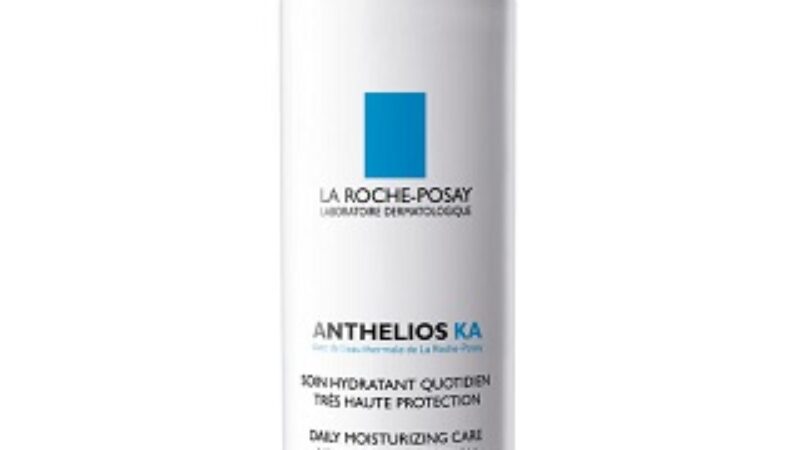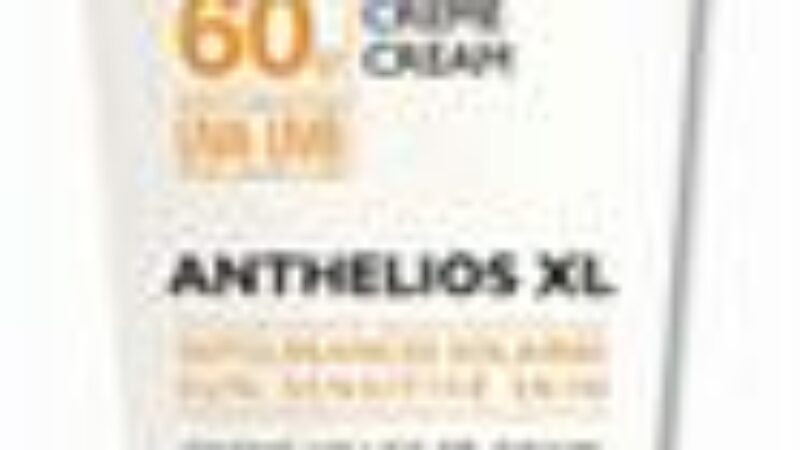Summer is coming to a close and fall is just around the corner; what to do with your leftover sunscreen? Can you take it on your warm weather holiday this winter – will it be good next summer?
It would be accurate to say that we are rather fanatical about sunscreens here at PhaMix. They are a daily part of our anti-aging skin care routines and know no seasonal boundaries. Even though the warm weather may soon be at an end, our sunscreen stays on the counter within easy reach. However, cooler temperatures means less of our is body exposed so we tend to go through sunscreen less quickly.
When doing your sunscreen checkup, there are two things to keep an eye on:
- Expiration dates (or best before dates): In both the United States and Canada, sunscreens are required to be sold with expiration dates. It’s important to understand that a sunscreen’s expiration date is based on tests that a sunscreen manufacturer has conducted to demonstrate how long the product retains its efficacy and safety. If a manufacturer runs a test for only 2 years, then they can only label that a sunscreen’s efficacy is for 2 years. However, this doesn’t necessarily mean that the sunscreen will automatically ‘go bad’ or lose its efficacy the day after its expiration date. It just means that this is the duration that it’s been studied to demonstrate that it is still safe and effective. The sunscreen could very well retain its efficacy for several years more, but there is no way to know that this is the case.
- Shelf life: Once opened, the general rule of thumb for sunscreens and most other skin care products is that they have a shelf life of one year, after which they should be discarded. To help maximize the shelf life of your opened sunscreen, it may be helpful to:
- Store it in a cool, dark, and dry place, like a closet. Light, heat and humidity all speed up deterioration, and
- Close the lid tightly between uses
Even if your sunscreen is within the expiration period and has been opened less than 12 months, any changes in color, consistency and/or smell are all signs that it’s time to get rid of it and start with a fresh one. You know what they say: When in doubt, throw it out.
Keep in mind though, that cooler temperatures and less sunshine don’t mean stashing your sunscreen in the back of your cupboard. The sun causes damage via both UVA and UVB rays. Yes, UVB rays diminish when summer comes to an end, but UVA rays – those deep penetrating rays that contribute to skin aging – are prevalent year round. Nothing will help to protect the health and vitality of your skin like sunscreen. No need to fret about leftover sunscreen after all.




